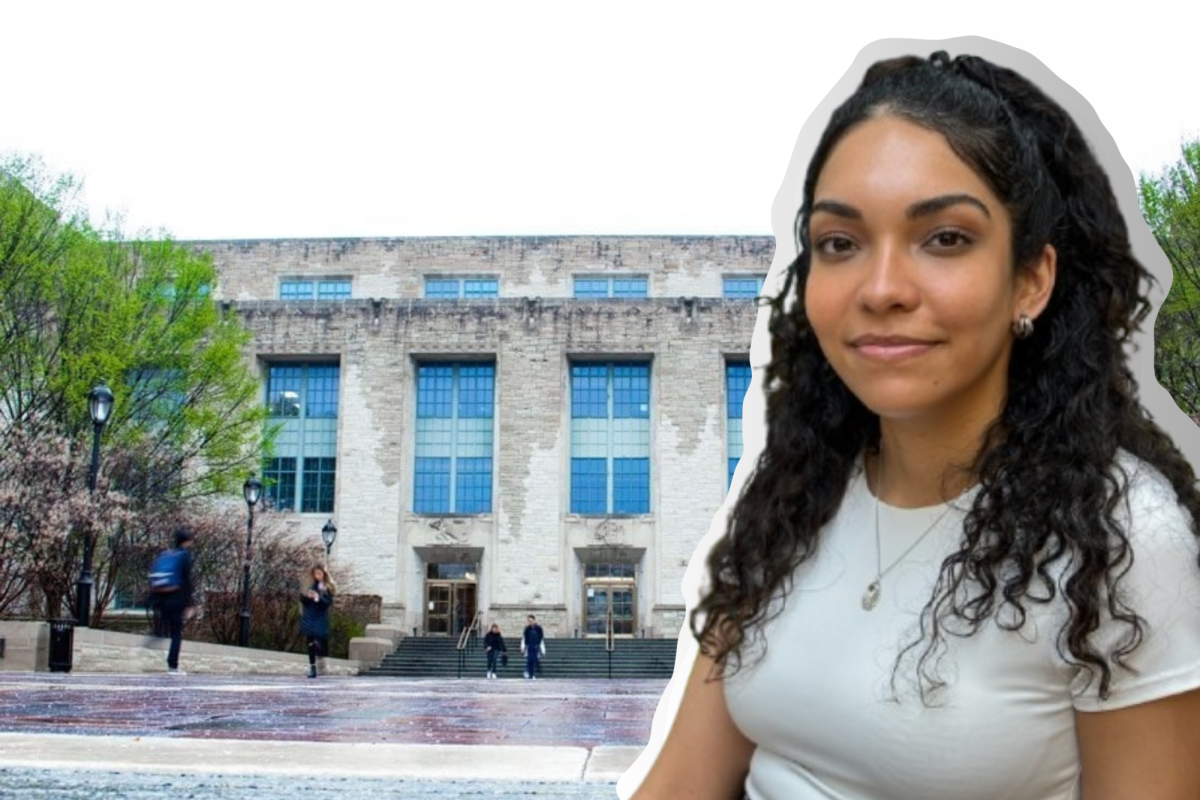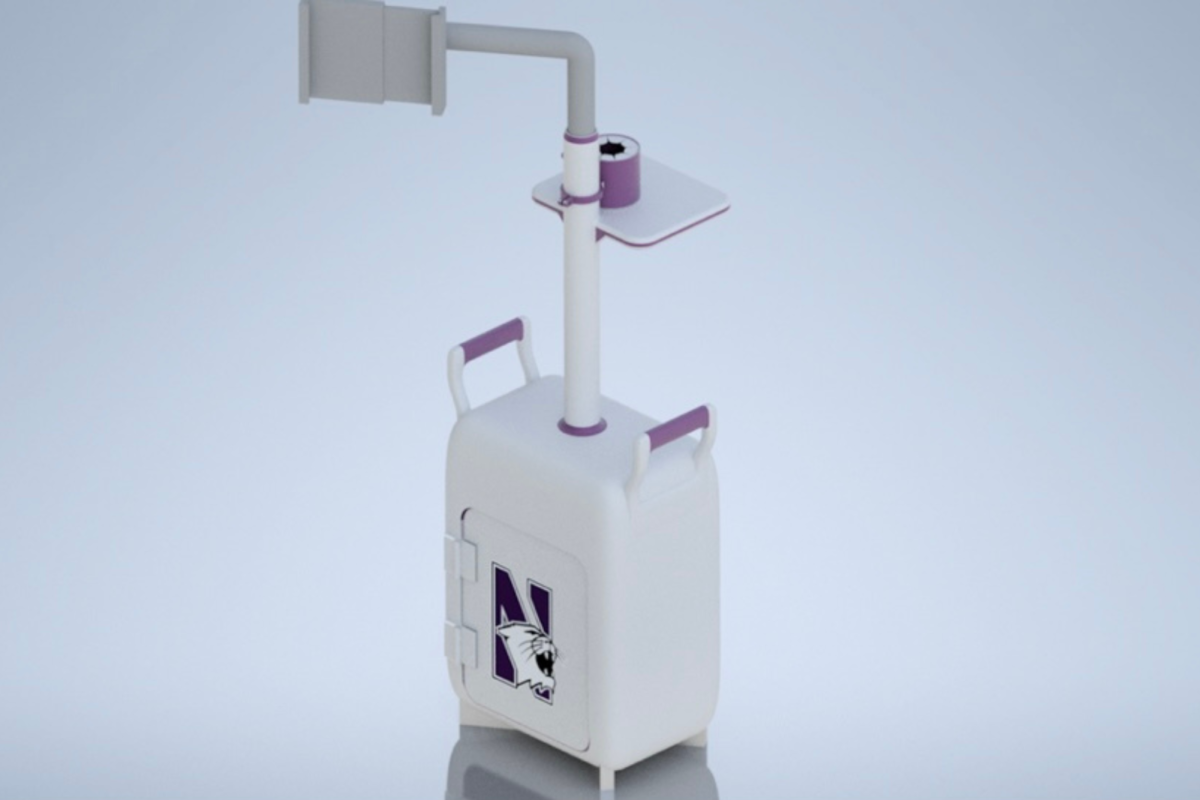Feinberg School of Medicine’s kidney transplant involving 27-year-old Ray Fearing was a medical breakthrough.
The groundbreaking operation, announced in the April 26 edition of The New England Journal of Medicine, was the first ever to re-transplant a previously failed kidney from a living donor.
“There had been cases that a patient who had a kidney transplant dies, and then the doctor harvests the organ,” said Dr. Lorenzo Gallon, a Feinberg professor and the transplant nephrologist who handled the case. “But nothing has been done like this with a transplant recipient donating his kidney to someone else.”
Just days after receiving it from his sister, Fearing donated the failed kidney to Dr. Erwin Gomez, a cardiovascular surgeon with five children and five grandchildren. Doctors were able to discern soon after the second transplant that the kidney was healthy within Gomez’s body.
Although the surgery was 10 months ago, the medical community had to validate the surgery before publicizing the successful results.
Since age 15, Fearing has suffered from focal segmental glomerulosclerosis (FSGS), which caused scar tissue to grow in place of his normal kidney cells and, by age 25, caused his kidneys to enter end-stage renal failure. Fearing, a self-described “very athletic kid,” has been working as an industrial control panel assembler for the last few years, but dialysis made a normal lifestyle tough and necessitated a kidney transplant.
Fearing bypassed the waiting list when his sisters immediately volunteered their kidneys and one was a match. Just two and a half months after hearing he needed a new kidney, Fearing underwent his first transplant.
Three days later, Gallon told Fearing that the FSGS had returned, which happens in about 40 percent of kidney transplants to FSGS patients.
Because of the disease’s rapid spread, Gallon told Fearing that keeping the newly diseased kidney would do more harm than good.
“That hit me pretty hard. That was my lowest point emotionally that I’ve ever had,” Fearing said. “This was what I was waiting for, for 10 years. I had been planning out my whole life around it.”
But Gallon didn’t throw away the kidney, as is standard operating procedure. He had long suspected that FSGS is caused by a problem in the victim’s blood and is then transmitted to the kidney.
“So we said in this case, ‘Hold on one second. What if we remove this kidney in this patient and put it in another patient without the disease? Then maybe it would regenerate,'” Gallon said. “It wasn’t so easy to do.”
Gallon explained to Fearing that the kidney could either be thrown out or re-transplanted. Fearing immediately agreed to donate the kidney, thinking it was a standard procedure.
Not many patients on the waiting list who were matches were willing to take the risks of accepting a diseased kidney. Gomez, a 67-year-old with end-stage renal failure from diabetes and hypertension, understood vascular medicine and said he thought the idea made sense.
“From what I know about the disease and transplantation in general because of my medical background, I thought that this would be a good candidate to take me off of dialysis,” Gomez said. “So I signed the papers.”
A few days after they removed the diseased kidney from Fearing, doctors were able to confirm the success of the surgery with Gomez.
Gallon said that this new avenue of kidney transplantation could possibly provide thousands of kidneys to patients and make an impact on the very large waiting list. As of May 1, there were more than 92,000 people on the kidney transplant waiting list, according to the U.S. Department of Health and Human Services website.
This discovery comes at a time when organ donation is in the public sphere. Tuesday morning, Facebook officially announced plans to add a tool on the website’s Timeline by which users could share their organ donation status and allow them to explain why they decided to become an organ donor.
Currently, Fearing remains on dialysis three times a week for four hours at a time until another kidney becomes available. Gallon said if Fearing receives another kidney, there is an 80 percent chance of FSGS recurrence, but that his chances of survival and cure are higher because of his young age.
“It opens up a lot of research questions. Something in the blood is causing the kidney to fail,” Gallon said. “Then you bring up other questions:
Because many of these kidneys tend to be thrown out, how do you reutilize organs?”






